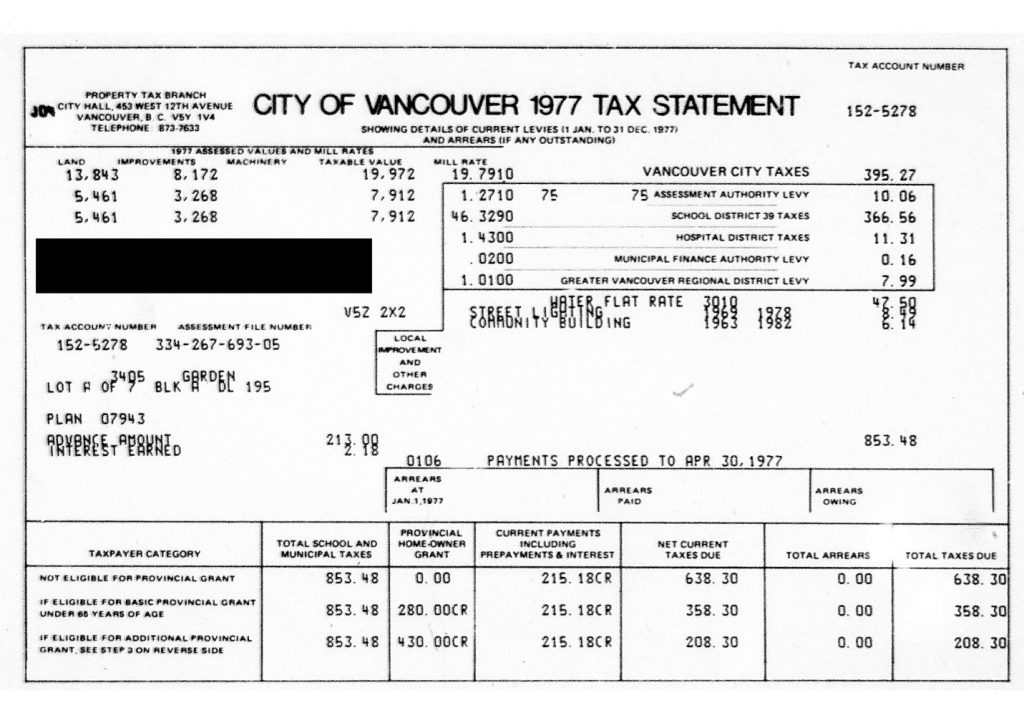“Music should not be limited to people of talent,” Dr. Sigmund Spaeth argues at this 1952 Books and Authors Luncheon. He is here to plug his book, Opportunities in Music, a vocational manual for those who wish to make their living in the music industry even if they are not exceptionally gifted. Seated at the piano, he divides his talk into The Serious Side of Music and Fun with Music. For those contemplating a career, he counsels, “you must have something to sell.” The key is to treat whatever one’s musical skills are as a business, to “patent” this trademark ability and then “merchandise” it. The intent of his book is to “remove the glamour…which has been such a menace to musical careers.” As an example of an ordinary job in music, he mentions selling sheet music over the counter.
But this luncheon audience consists mostly of well-to-do ladies, so he quickly moves on to the second part of his presentation. Demystifying the art of music, he claims “we need today more bad musicians.” He claims anyone can play the piano in five minutes without a lesson. Indeed, he blames lessons and piano teachers in general for ruining the natural fun a piano effortlessly provides. Their misguided emphasis on scales and exercises “turns music into a drudgery!” He goes on to demonstrate how with the aid of only one chord, pounded over and over again, one can supply a melody by singing and “play” almost any popular song. There is something very can-do American and at the same time dazzlingly philistine about this approach. Spaeth is in the midst of elaborating on this non-technical technique when the recording, perhaps operated by a more conventionally-minded music lover, mysteriously stops.
Sigmund Spaeth (1885-1965) was known to many of this luncheon’s audience as The Tune Detective. His unparalleled knowledge of both the classical canon and popular song enabled him to trace almost any melody back to a common historical ancestor. He appeared first in vaudeville (wearing a deerstalker cap, short cape, and checked tweeds in imitation of Sherlock Holmes,) then for many years on the radio, showing how all music was essentially based on a set of simple principles (“patterns” he calls them in this talk, “the same as you would find on wallpaper.”) He also gained unlikely notoriety as a legal authority, debunking claims of stolen musical authorship. As the New York Times reported in its obituary:
The contention that brought Dr. Spaeth fame was that behind the tune of each popular song were roots reaching back to folk music and classics. He first displayed his talent and his remarkable memory for tunes in a 1928 plagiarism case involving “Yes, We Have No Bananas.” Dr. Spaeth, who was called to the stand as an expert witness, demonstrated by singing and tapping his feet that parts of the song could be found in the great chorus of Handel’s Messiah and in Michael Balfe’s “Bohemian Girl,” several Wagner operas, “My Bonnie Lies Over the Ocean,” “I Dreamt I Dwelt in Marble Halls,” and “Aunt Dinah’s Quilting Party.”
But there was more to Spaeth than this parlor trick of finding similarities in comically diverse samples of music. He was a relentless educator and advocate for all sorts of music, writing serious histories of what were then largely dismissed as “popular” songs, while also attempting to remove the forbidding sheen of scholarship that made the classical repertoire such an off-putting proposition. The website soundfountain.org describes a series of educational records Spaeth made for the Remington label with explicit instructions as to how they were to be used:
This is a special recording in the series Music Plus, selected by Sigmund Spaeth whose voice is heard in recorded comments on each number. These comments appear on additional bands towards the center on each side. For home use it is suggested that the music always be played first, after which Dr. Spaeth’s remarks can peruse a second hearing and be reviewed from time to time as desired. For schools, colleges, clubs and broadcasts the introductory material should naturally preface the playing of each selection, adding the printed backgrounds if needed. In order to simplify such public performances, an accurate timetable is appended, covering the Spaeth comments as well as the music itself.
Spaeth was also a passionate promoter of barbershop quartet singing. He organized musical groups for the blind and arranged to have records sent to servicemen overseas. The picture one gets from studying his life is of a nation far more adept at making and understanding music than we are now. He comes out of the era of when people gathered around the piano, when dances relied on the local accordion player. Yet radio, the very medium which brought him fame, was largely responsible for a shift away from this type of home-grown entertainment. One can hear, as Dr. Spaeth (who for all his pooh-poohing of scholarship had a Ph.D from Princeton) barks out a primitive one-chord version of Little Liza Jane, the echo of what even in 1952 must have sounded like a quaintly archaic reference to a bygone time.
_________________________________________
Editor’s Note: Beginning in the fall of 1942 Sigmund Spaeth launched a program on WQXR sponsored by Columbia Records and called, Dr. Sigmund Spaeth and His Record Library. The thrice-weekly show had Spaeth illustrating his analysis of themes and forms on the piano before playing discs from his collection.
Audio courtesy of the NYC Municipal Archives WNYC Collection.
WNYC archives id: 150145Municipal archives id: LT2316






















































